Analysis of Occupational Accidents in Tree Climbers
Abstract
1. Introduction
2. Materials and Methods
3. Results
3.1. Injuries Associated with the Tree Felling
3.2. Injuries Associated with the Power Saw Operation
3.3. Injuries Associated with Working in the Tree Crown
3.4. Injuries Caused by External Impacts
3.5. First Aid Kit and First Aid
3.6. Summary of Injuries Happening Repeatedly
4. Discussion
5. Conclusions
Author Contributions
Funding
Data Availability Statement
Acknowledgments
Conflicts of Interest
References
- Fraedrich, B.R. Recognition and Treatment. Technical Report; Bartlett Tree Research Laboratories: Reading, UK, 2009. [Google Scholar]
- Tattar, T.A. Diseases of Shade Trees; Academic Press: Cambridge, MA, USA, 1989; pp. 1–391. [Google Scholar]
- Proto, A.R.; Mazzocchi, F.; Cossio, F.; Bortolini, L.; Pascuzzi, S.; Caruso, L.; Diano, M.; Zimbalatti, G. A Survey on Occupational Injuries in Works on Trees in Italy. Procedia-Soc. Behav. Sci. 2016, 223, 435–441. [Google Scholar] [CrossRef]
- Chiesura, A. The role of urban parks for the sustainable city. Landsc. Urban Plan 2004, 68, 129–138. [Google Scholar] [CrossRef]
- Klein, R.W.; Koeser, A.K.; Hauer, R.J.; Miesbauer, J.W.; Hansen, G.; Warner, L.; Dale, A.; Watt, J. Assessing the consequences of tree failure. Urban For. Urban Green. 2021, 65, 127307. [Google Scholar] [CrossRef]
- Longo, D.; Caruso, L.; Conti, A.; Camillieri, D.; Schillaci, G. A survey of safety issues in tree-climbing applications for forestry management. J. Agric. Eng. 2013, 44, 702–704. [Google Scholar] [CrossRef]
- Bianchini, L.; Cecchini, M.; Gallo, P.; Biocca, M. A Survey on Rope-Based Ascending Techniques and Materials of Professional Arborists in Italy. Environ. Sci. Proc. 2021, 3, 23. [Google Scholar]
- Smiley, E.; Kane, B. The effects of pruning type on wind loading of Acer rubrum. Arboric. Urban For. 2006, 32, 33–40. [Google Scholar] [CrossRef]
- Fini, A.; Frangi, P.; Faoro, M.; Piatti, R.; Amoroso, G.; Ferrini, F. Effects of different pruning methods on an urban tree species: A four-year-experiment scaling down from the whole tree to the chloroplasts. Urban For. Urban Green. 2015, 14, 664–674. [Google Scholar] [CrossRef]
- Stead, R. The tree owner’s duty of care and duty of inspection. Arboric. J. 2008, 30, 289–295. [Google Scholar] [CrossRef]
- Forbes-Laird, J. Liability for death or injury caused by falling trees or branches: A review of the present position under English law in relation to tree safety inspection. Arboric. J. 2009, 32, 233–241. [Google Scholar] [CrossRef]
- Ellison, M. Moving the focus from tree defects to rational risk management—A paradigm shift for tree managers. Arboric. J. 2007, 30, 137–142. [Google Scholar] [CrossRef]
- Julius, A.K.; Kane, B.; Bulzacchelli, M.T.; Ryan, H.D.P. Compliance with the ANSI Z133.1—2006 safety standard among arborists in New England. J. Safety Res. 2014, 51, 65–72. [Google Scholar] [CrossRef] [PubMed]
- Cecchini, M.; Colantoni, A.; Massantini, R.; Monarca, D. Estimation of the risks of thermal stress due to the microclimate for manual fruit and vegetable harvesters in central Italy. J. Agric. Saf. Health-Ed. ASABE 2010, 16, 141–159. [Google Scholar] [CrossRef] [PubMed]
- Bortolini, L.; Cividino, S.R.S.; Gubiani, R.; Cecchini, M.; Delfanti, L.M.P.; Colantoni, A. Urban green spaces activities: A preparatory groundwork for a safety management systém. J. Safety Res. 2016, 56, 75–82. [Google Scholar] [CrossRef] [PubMed]
- Colantoni, A.; Marucci, A.; Monarca, D.; Pagniello, B.; Cecchini, M.; Bedini, R. The risk of musculoskeletal disorders due to repetitive movements of upper limbs for workers employed to vegetable grafting. J. Food Agric. Environ. 2012, 10, 14–18. [Google Scholar]
- Kane, B. Loading experienced by a tie-in point during ascents. Urban For. Urban Green. 2018, 34, 78–84. [Google Scholar] [CrossRef]
- Lim, J.; Kane, B.; Bloniarz, D. Arboriculture safety standards: Consistent trends. Urban For. Urban Green. 2020, 53, 126736. [Google Scholar] [CrossRef]
- Kane, B. Forces and motion associated with arboricultural climbing. Urban For. Urban Green. 2021, 57, 126944. [Google Scholar] [CrossRef]
- Carpenter, A.; Skiera, J. Caring for your body as an athlete in the green industry. Arb. N. 2013, 22, 40–43. [Google Scholar]
- Biocca, M.; Bortolini, L. Macchine e Tecniche per il Verde Urbano. Realizzazione, Cura e Manutenzione Delle Aree Verdi [Machines and Techniques for Urban Green. Construction, Care and Maintenance of Green Areas]; Consiglio per la Ricerca in Agricoltura e l’analisi Dell’economia Agraria–CREA: Monterotondo, Italy, 2019; p. 234. [Google Scholar]
- Wiatrowski, W.J. Fatalities in the Ornamental Shrub and Tree Services Industry; Department of Labor, Bureau of Labor Statistics: Washington, DC, USA, 2005; pp. 1–7. [Google Scholar]
- Buckley, J.P.; Sestito, J.P.; Hunting, K.L. Fatalities in the landscape and horticultural services industry, 1992–2001. Am. J. Ind. Med. 2008, 51, 701–713. [Google Scholar] [CrossRef]
- Castillom, D.N.; Menéndez, C.K.C. Work-related fatalities associated with tree care operations–United States, 1992–2007. Morb. Mortal. Wkly. Rep. 2009, 58, 389–393. [Google Scholar]
- Marshall, E.G.; Lu, S.E.; Williams, A.O.; Lefkowitz, D.; Borjan, M. Tree-related injuries associated with response and recovery from Hurricane Sandy, New Jersey, 2011–2014. Public Health Rep. 2018, 133, 266–273. [Google Scholar] [CrossRef] [PubMed]
- Ball, J.; Vosberg, S.J. Tree care industry: How accidents happen and why: Arboricultural safety in the United States. Tree Care Industry 2003, 14, 50–54. [Google Scholar]
- Ball, J.; Vosberg, S.J. A Survey of United States tree care companies: Part I-safety training and fatal accidents. Arboric. Urban For 2010, 36, 224–229. [Google Scholar] [CrossRef]
- Arboriculture Australia. Available online: http://www.vermeer.com.au/wp-content/uploads/2018/12/MIS-books-brochure.pdf (accessed on 1 August 2022).
- Robb, W.; Cocking, J. Review of European chainsaw fatalities, accidents and trends. Arboric. J. 2014, 36, 103–126. [Google Scholar] [CrossRef]
- Tree Care Industry Association. Available online: http://www.tcia.org/TCIA/Blog_Items/2016/Cleaning_up_Storm_Damaged_Trees.aspx?WebsiteKey=b9a41e1f-978d-4585-9172-c411c78c5c14 (accessed on 1 August 2022).
- Centers for Disease Control and Prevention. Available online: https://www.cdc.gov/niosh/docs/2008-144/pdfs/2008-144.pdf (accessed on 1 August 2022).
- Fiedler, N.C.; Sone, E.H.; Vale, A.T.; Juvêncio, J.F.; Minette, L.J. Tree pruning accident risk assessment in urban landscaping of the Federal District–Brazil. Revista Árvore 2006, 30, 223–233. [Google Scholar] [CrossRef]
- Leal, L.; Biondi, D.; Rochadelli, R. The implantation and maintenance costs of urban street trees in Curitiba, PR. Revista Árvore 2008, 32, 557–565. [Google Scholar] [CrossRef]
- Vogt, J.; Hauer, R.J.; Fischer, B.C. The costs of maintaining and not maintaining the urban forest: A review of the urban forestry and arboriculture literature. Arboric. Urban For. 2015, 41, 293–323. [Google Scholar] [CrossRef]
- Occupational Safety and Health Administration. Available online: https://www.osha.gov/Publications/3269-10N-05-english-06-27-2007.html (accessed on 1 August 2022).
- Robb, W.; Zemánek, T.; Kaakkurivaara, N. An Analysis of Chainsaw Operator Safety Between Asian and European Countries. Croat. J. For. Eng. 2022, 43, 373–389. [Google Scholar] [CrossRef]
- Dozier, H.; Machtmes, K. Arborists in Louisiana, U.S.: A baseline assessment of safety and professionalism. Arboric. J. 2005, 31, 228–234. [Google Scholar] [CrossRef]
- Burke, M.J.; Sarpy, S.A.; Smith-Crowe, K.; Chan-Serafin, S.; Salvador, R.O.; Islam, G. Relative effectiveness of worker safety and health training methods. Am. J. Public Health 2006, 2, 315–324. [Google Scholar] [CrossRef]
- Gerstenberger, P.; Klimešová, A. Oběma ruka prosím! [Both hands please!]. Zahrada Park Kraj. 2021, 31, 2. [Google Scholar]
- Grindle, A.C.; Dickinson, A.M.; Boettcher, W. Behavioral safety research in manufacturing settings: A review of the literature. J. Organ. Behav. 2000, 20, 29–68. [Google Scholar] [CrossRef]
- Lopes, E.S.; Oliveira, F.M.; Malinovski, J.R.; Silva, R.H. Biomechanic evaluation of workers at the manual and semimechanized pruning activities in Pinus taeda. Floresta 2013, 43, 9–18. [Google Scholar] [CrossRef][Green Version]
- Kane, B. Frictional properties of arborist rigging blocks. Urban For. Urban Green. 2019, 42, 31–38. [Google Scholar] [CrossRef]
- Kane, B. Forces generated in rigging trees with single and co-dominant stems. Urban For. Urban Green. 2017, 24, 14–18. [Google Scholar] [CrossRef]
- Struttmann, T.W. Fatal and nonfatal occupational injuries involving wood chippers–United States, 1992–2002. Morb. Mortal Wkly Rep. 2004, 53, 1130. [Google Scholar]
- Tree Care Industry Association. Available online: http://www.tcia.org/TCIA/Blog_Items/2017/Tree_Care_Related_Incidents_in_2016 (accessed on 1 August 2022).
- Hammig, B.; Jones, C. Epidemiology of chain saw related injuries, United States: 2009 through 2013. Adv. Emerg. Med. 2015, 2015, 459697. [Google Scholar] [CrossRef]
- Pegula, S.; Utterback, D.F. Fatal injuries among grounds maintenance workers–United States, 2003–2008. Morb. Mortal Wkly Rep. 2011, 60, 542–546. [Google Scholar]
- Kane, B.; Arwade, S.R. Quantifying tension and deflection in pre-tensioned speedlines carrying a load. Urban For. Urban Green. 2020, 48, 126514. [Google Scholar] [CrossRef]
- Kane, B. Loads borne by a tie-in point during ascents and descents on a basal-anchored stationary rope system. Urban For. Urban Green. 2020, 51, 126687. [Google Scholar] [CrossRef]
- Kane, B.; Ryan, H.D.P. Residual strength of carabiners used by tree climbers. Arboric. Urban For. 2009, 35, 75–79. [Google Scholar] [CrossRef]
- Kane, B. Compatibility of toothed ascenders with arborist climbing ropes. Arboric. Urban For. 2011, 37, 180–185. [Google Scholar] [CrossRef]
- Ball, J.; Vosberg, S.J.; Walsh, T. A review of United States arboricultural operation fatal and nonfatal incidents (2001–2017): Implications for safety training. Arboric. Urban For. 2020, 46, 67–83. [Google Scholar] [CrossRef]
- Cetrangolo, I.; Arwade, S.R.; Kane, B. An investigation of branch stresses induced by arboricultural operations. Urban For. Urban Green. 2018, 30, 124–131. [Google Scholar] [CrossRef]
- Kane, B. A comparison between battery-powered and human-powered ascents by a climbing arborist. Urban For. Urban Green. 2022, 72, 127593. [Google Scholar] [CrossRef]
- Kane, B.; Emma, B.; Arwade, S.R. The effects of ascent technique and the presence of leaves on loading of a tie-in point during climber ascents. Urban For. Urban Green. 2020, 54, 126762. [Google Scholar]
- Reiland, M.; Kane, B.; Modarres-Sadeghi, Y.; Ryan, H.D.P. The effect of cables and leaves on the dynamic properties of red oak (Quercus rubra) with co-dominant stems. Urban For. Urban Green. 2015, 14, 844–850. [Google Scholar] [CrossRef]
- Goodfellow, J.W. Force of Impact Associated with Tree Failures: Characterizing Branch Failure Line Strikes; Technical Update; Electric Power Research Institute, Inc.: Orlando, FL, USA, 2013; pp. 1–46. [Google Scholar]
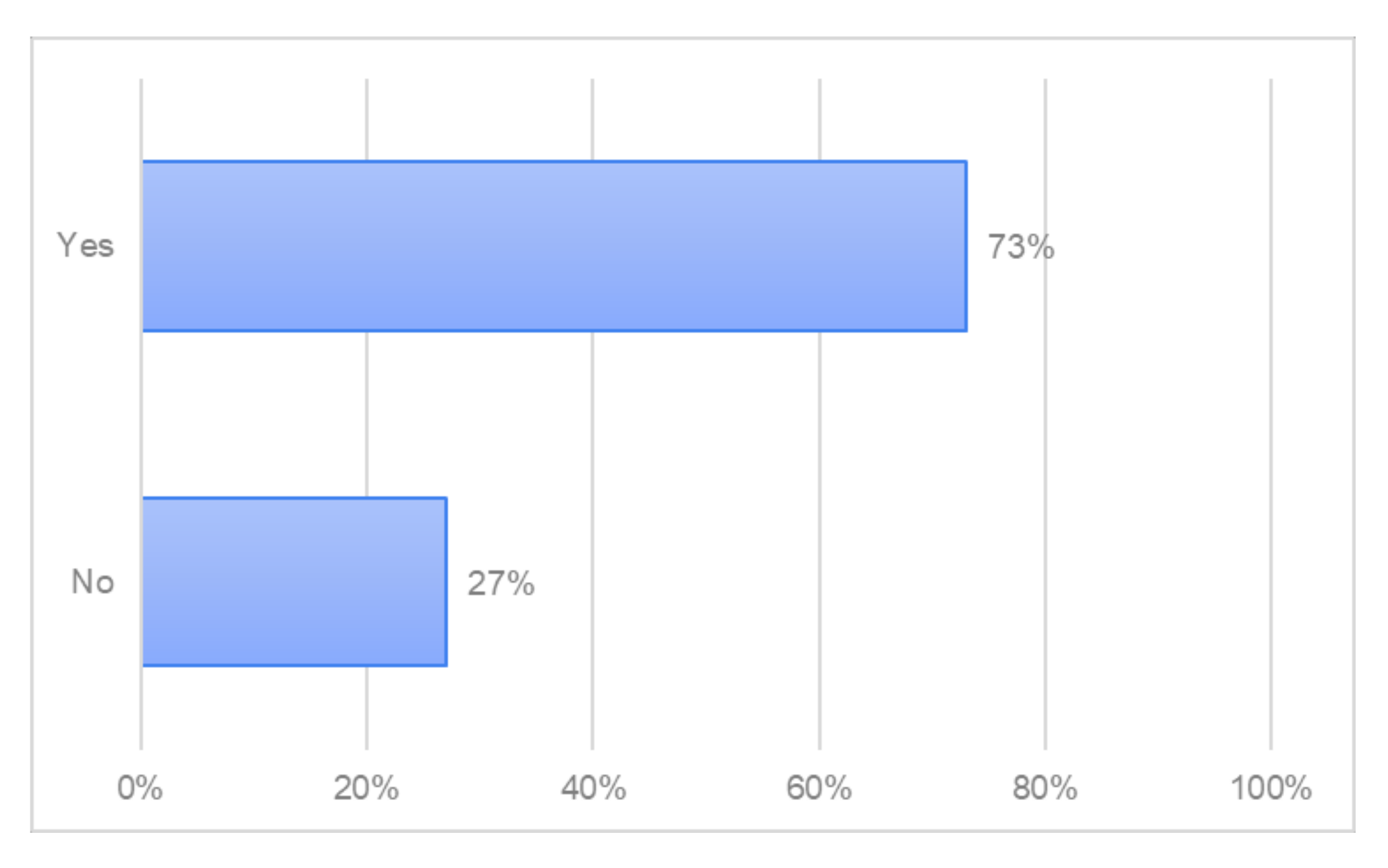
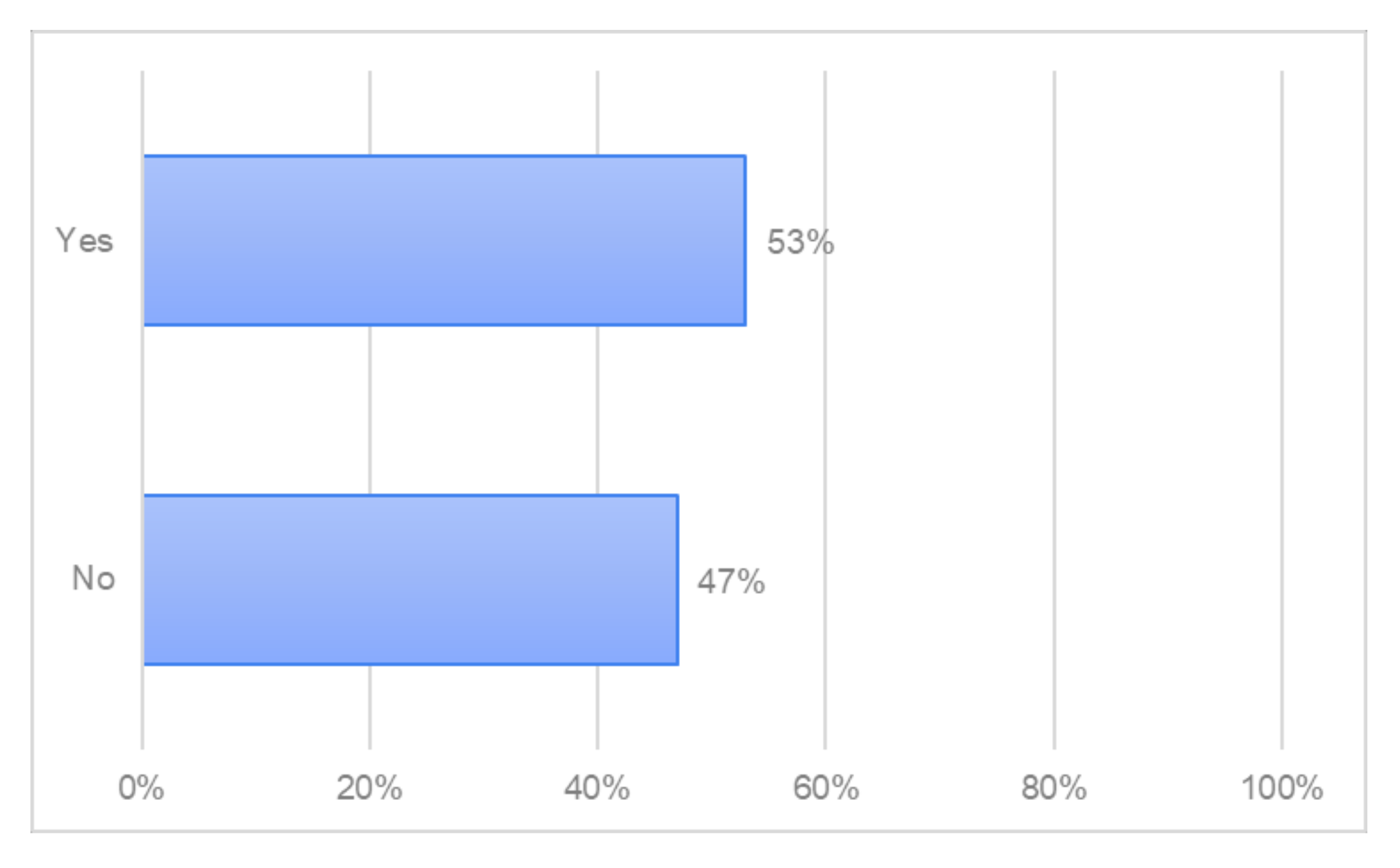
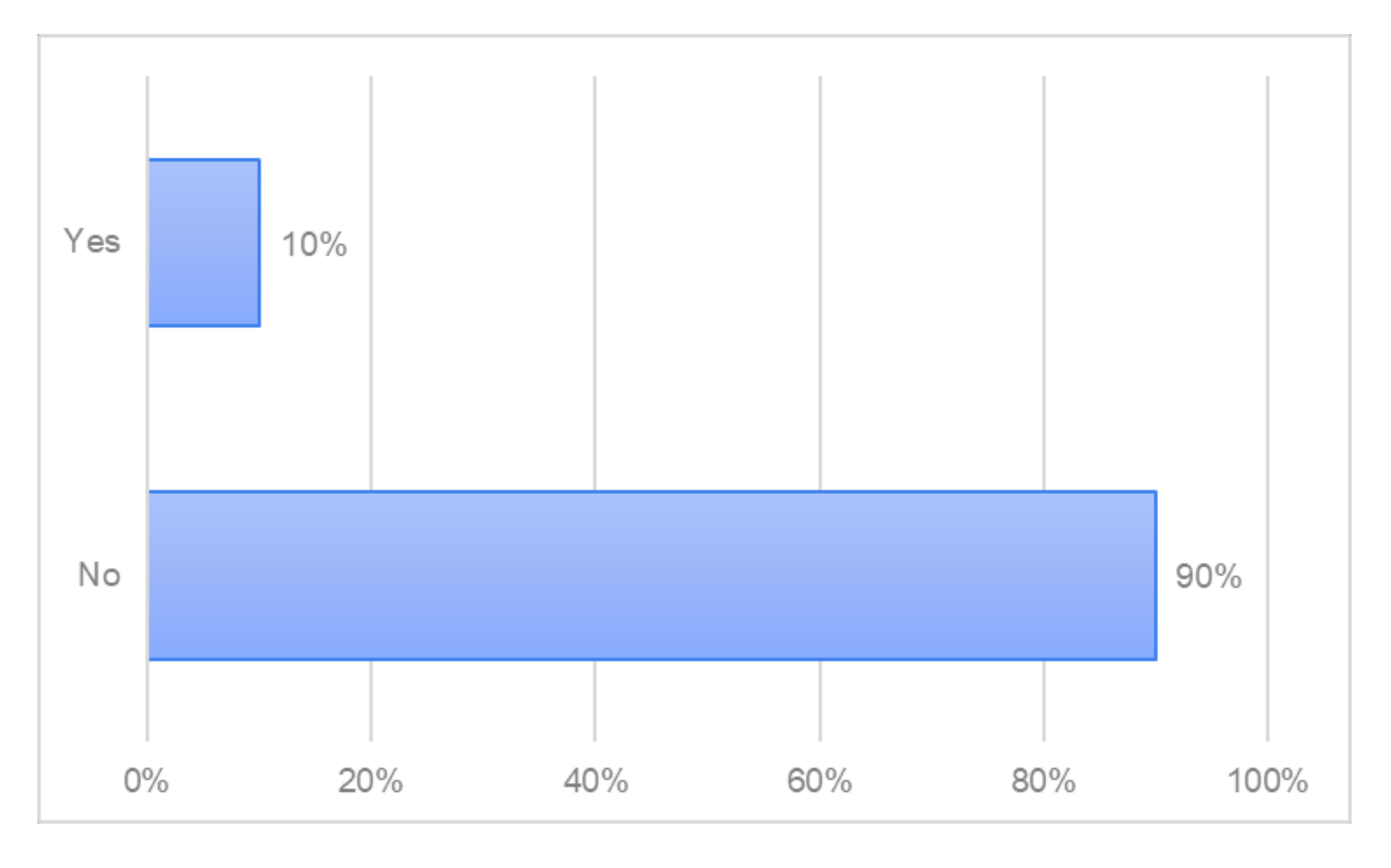
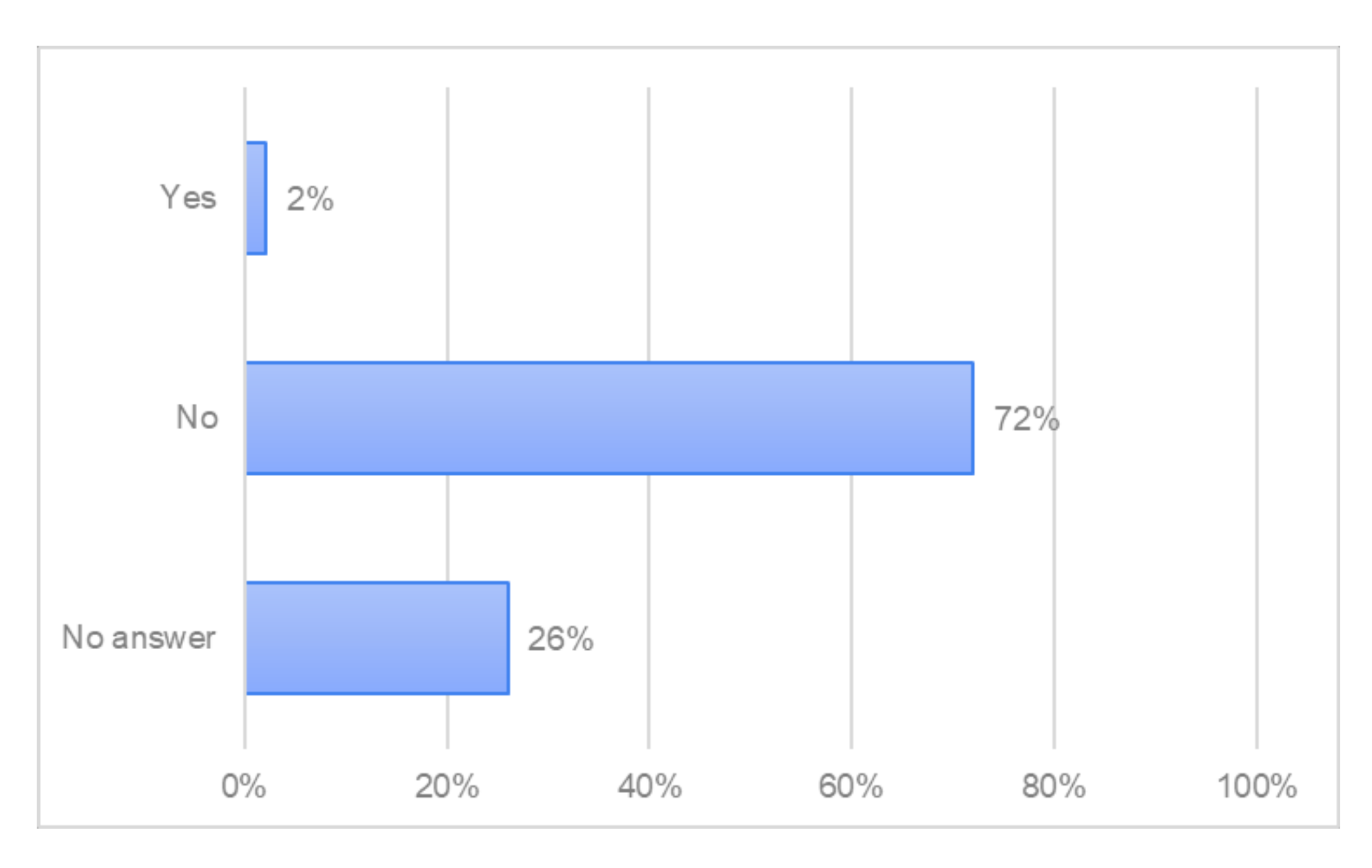
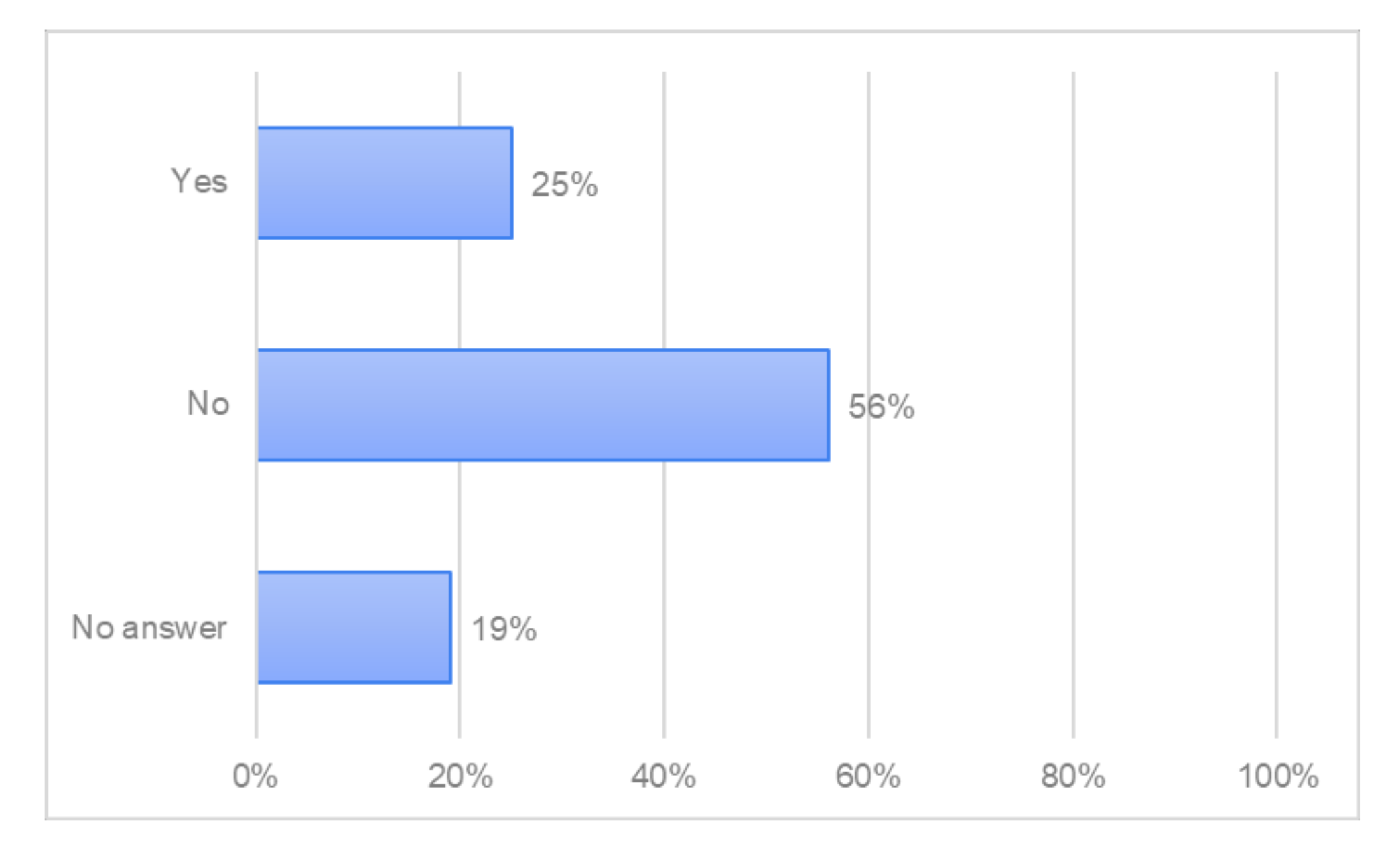
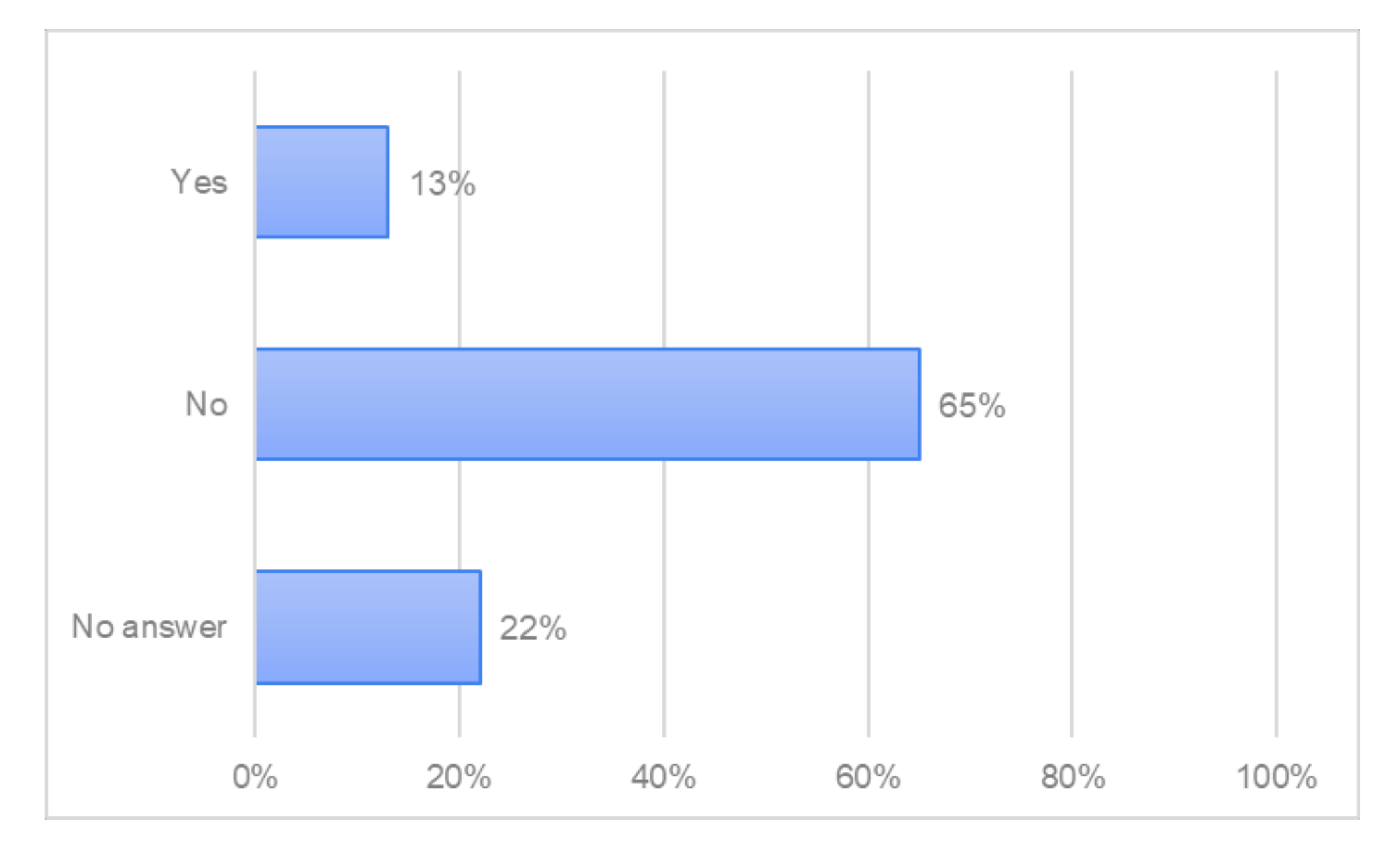
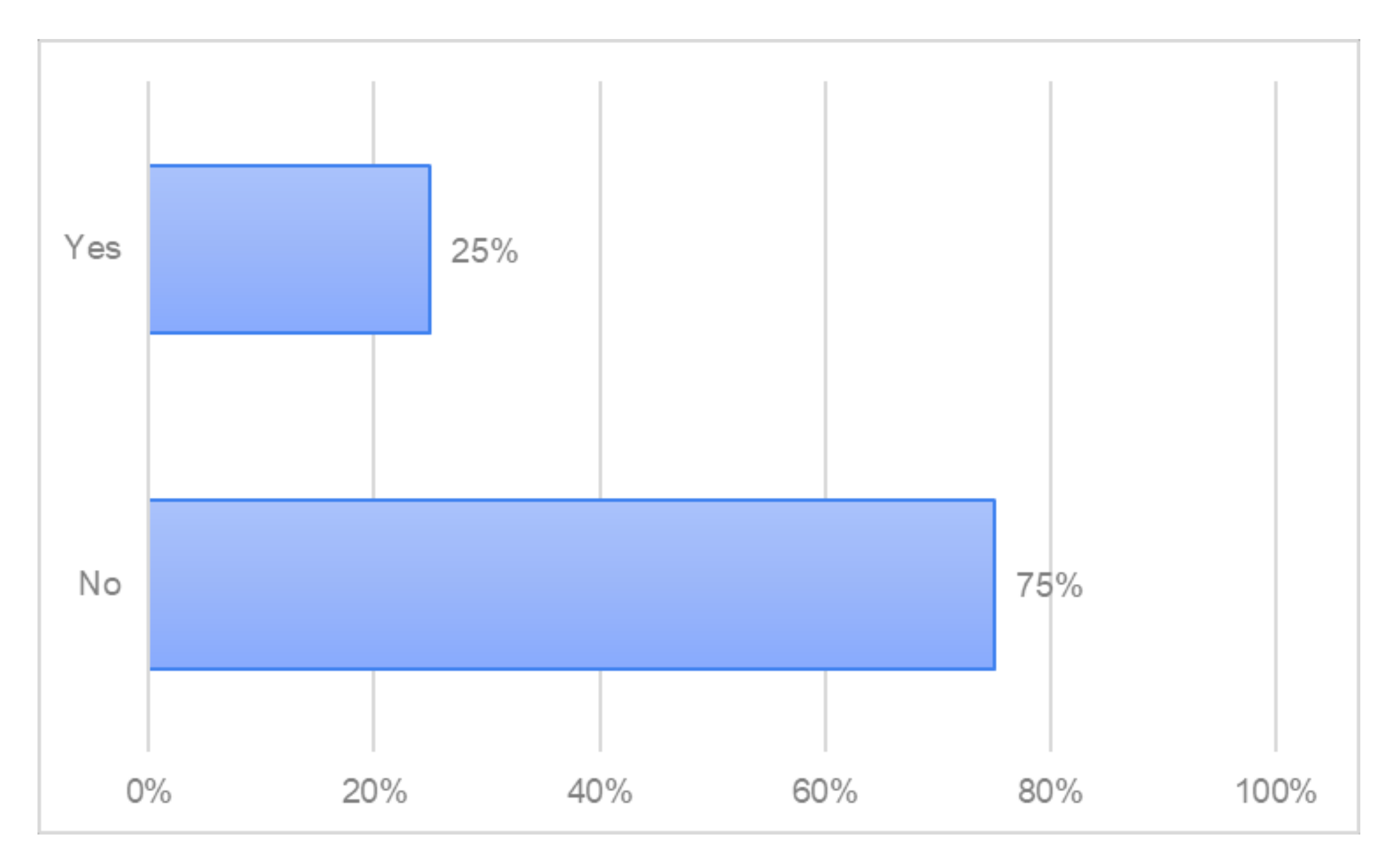
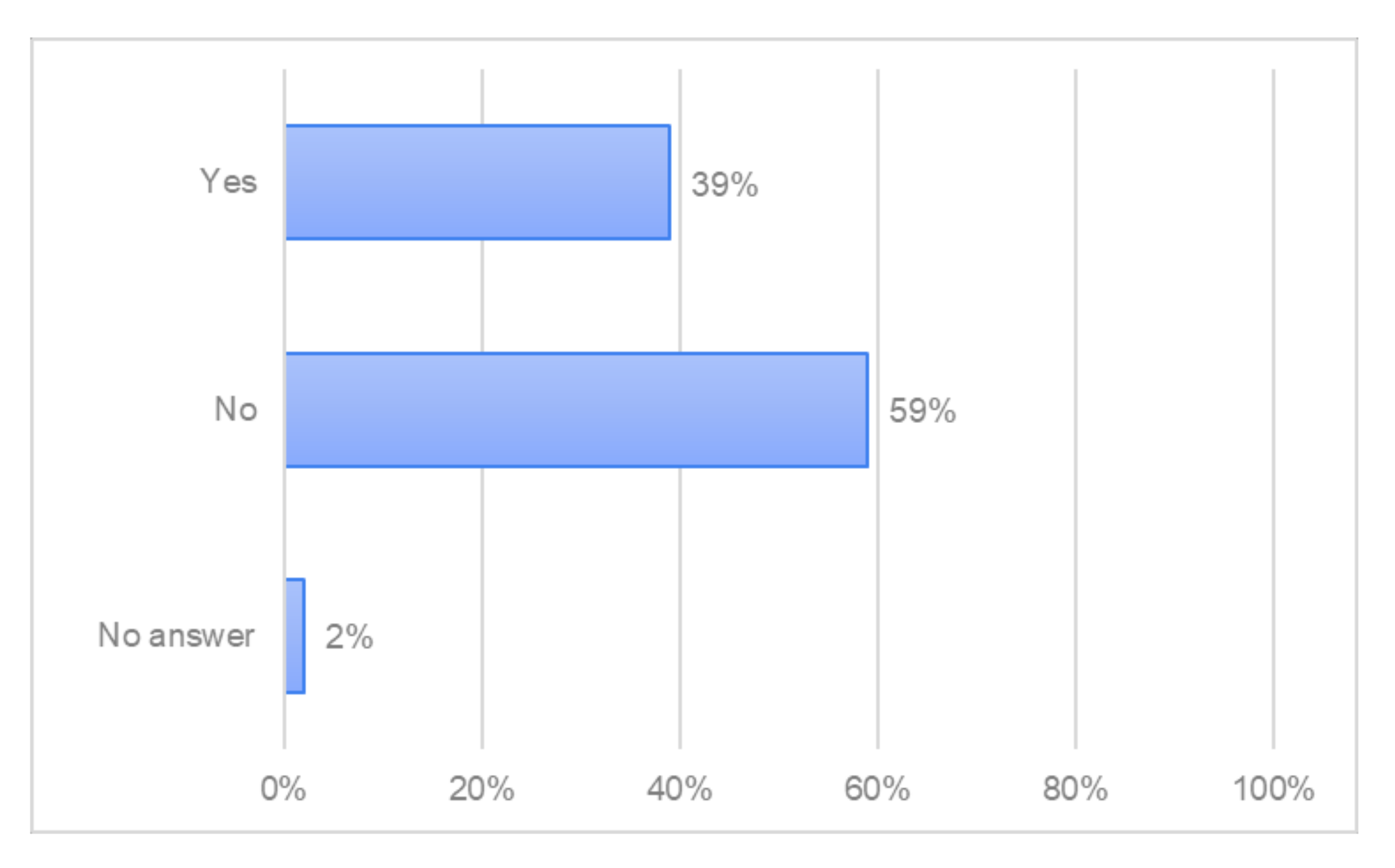
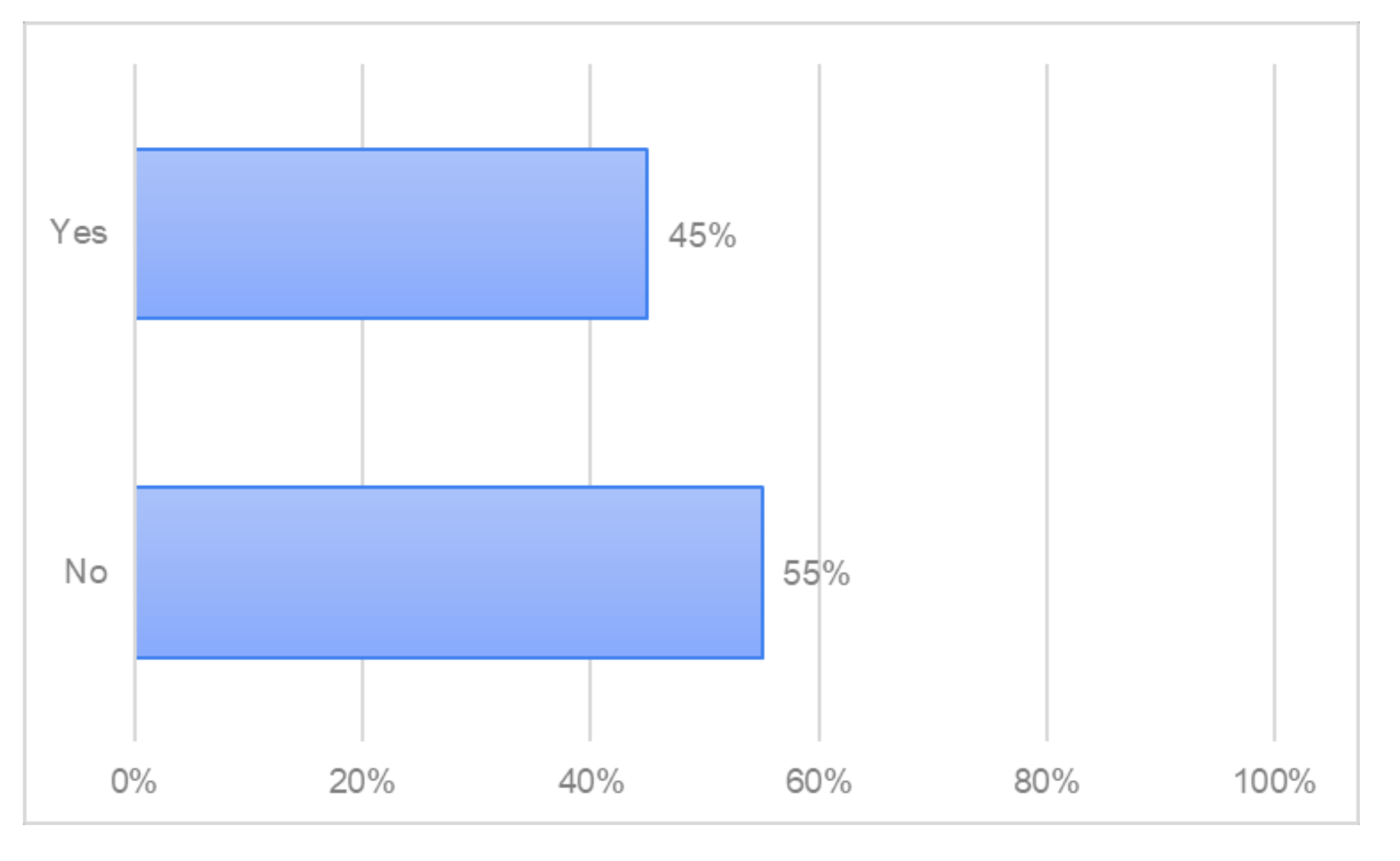
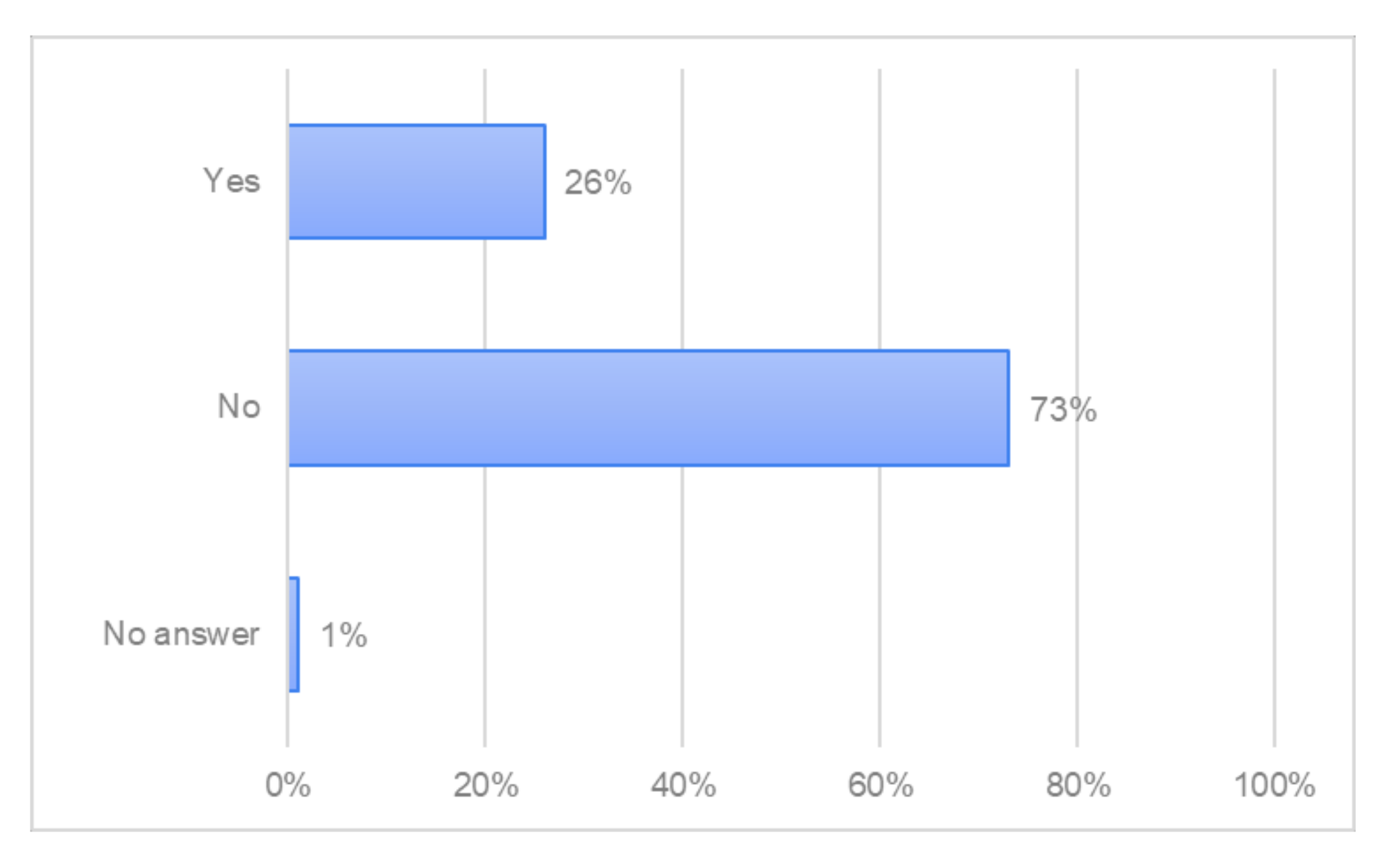

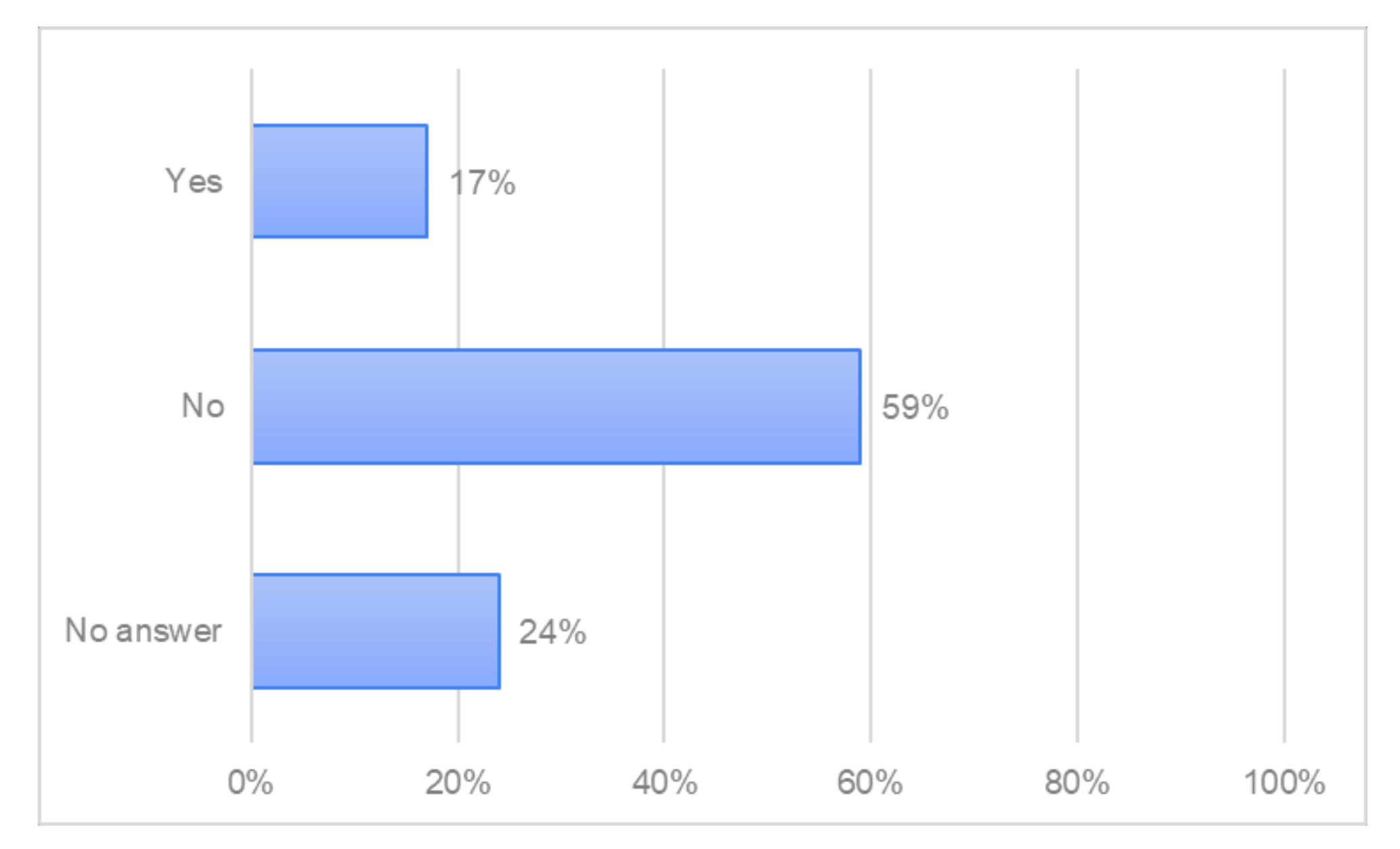
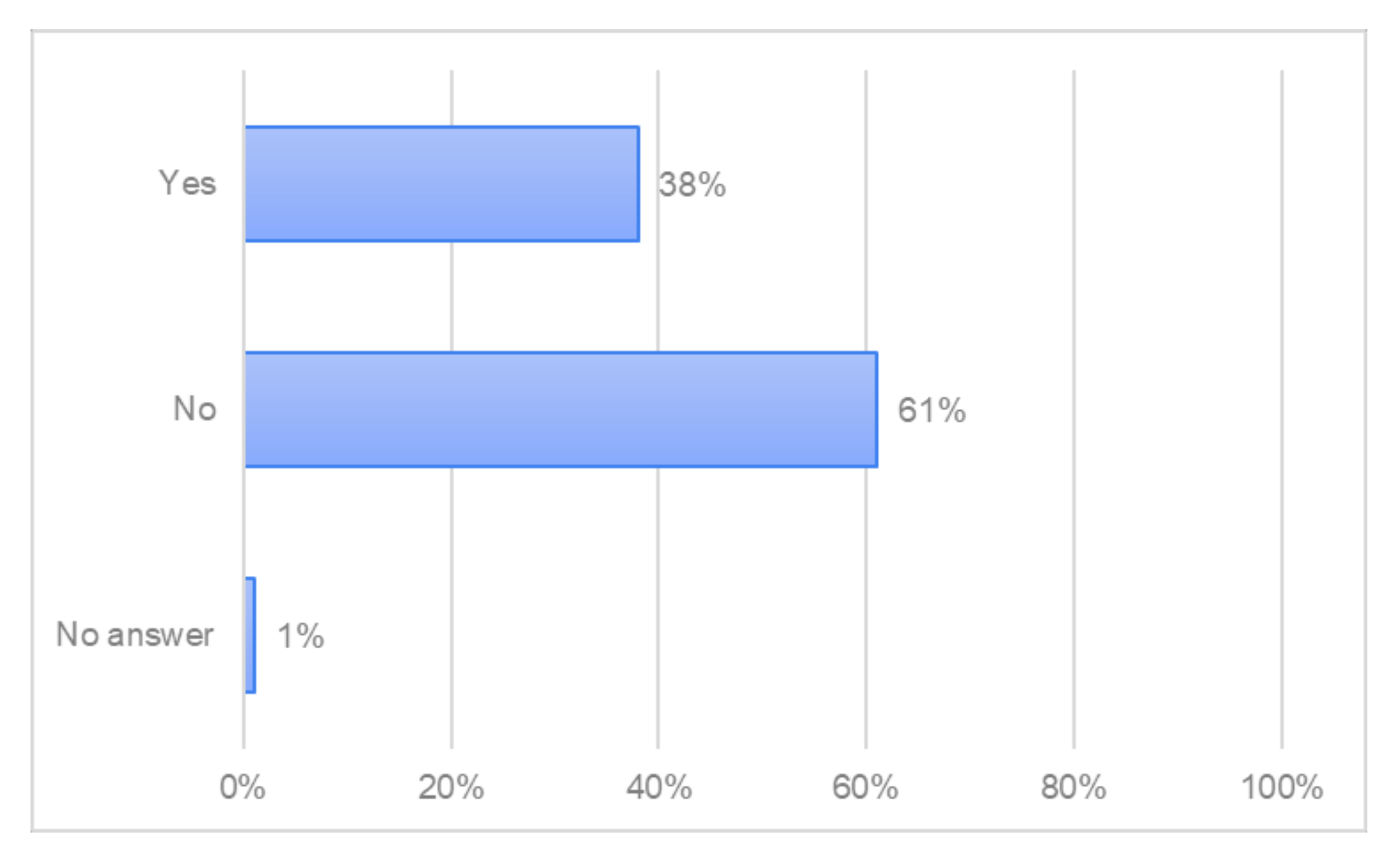
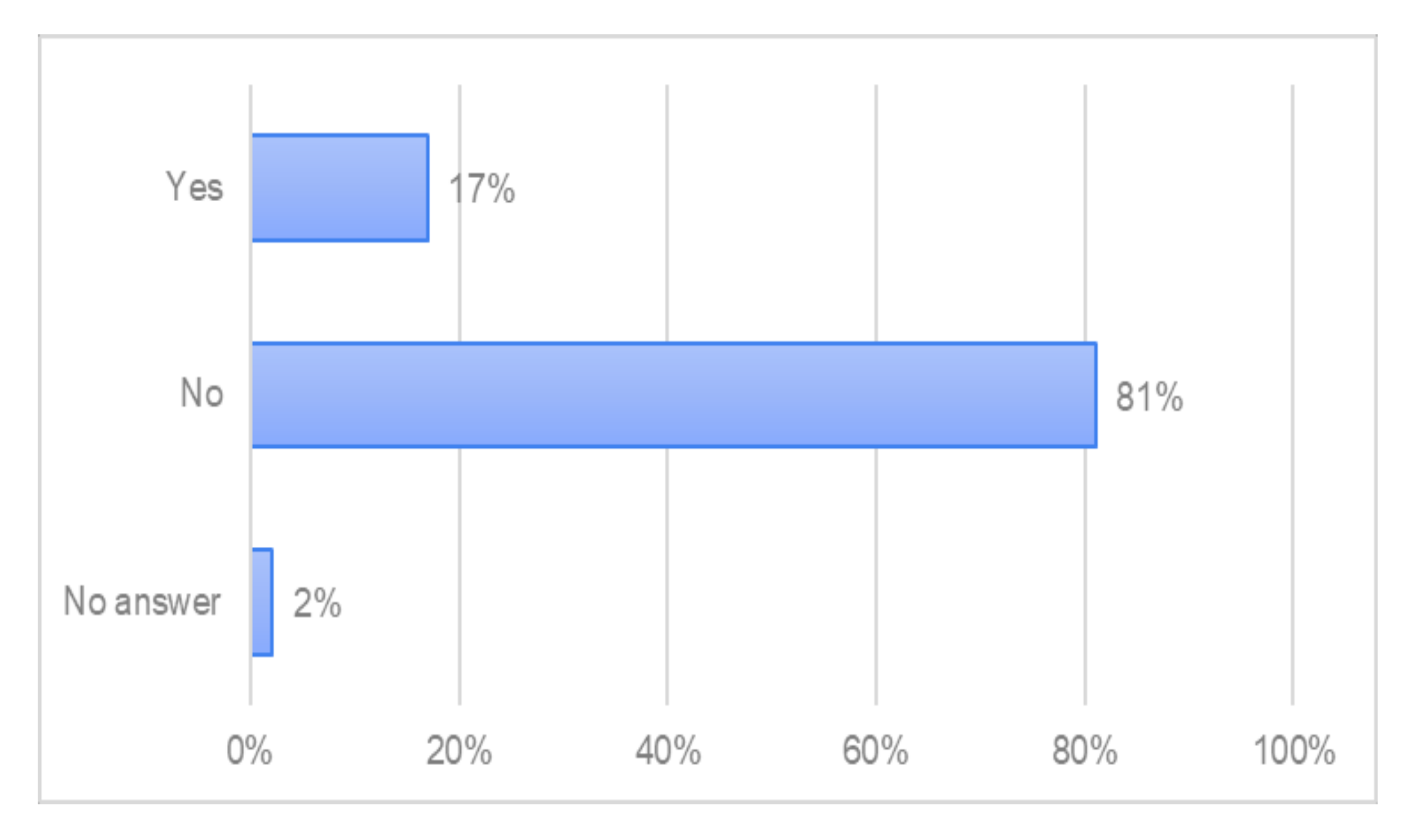
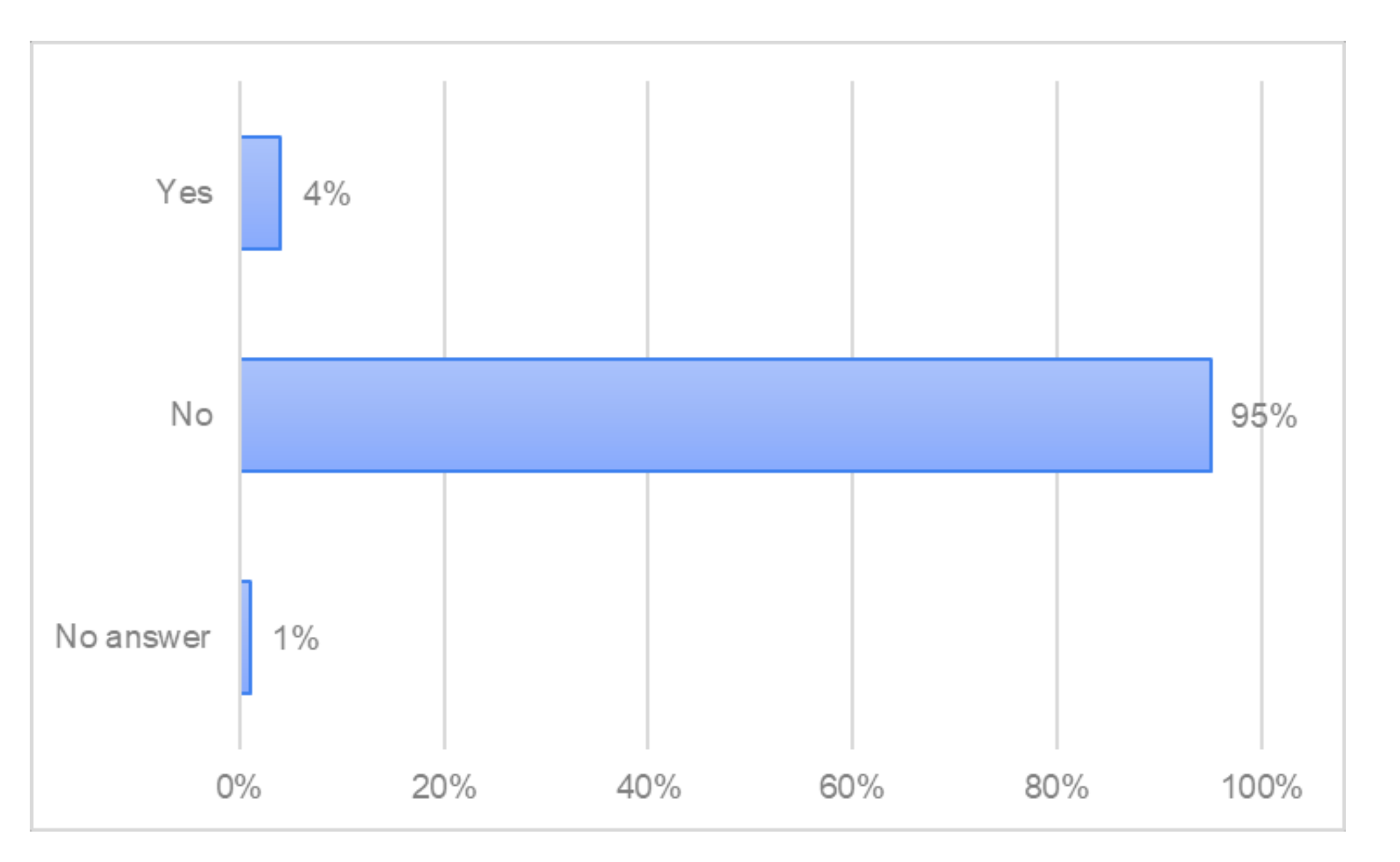
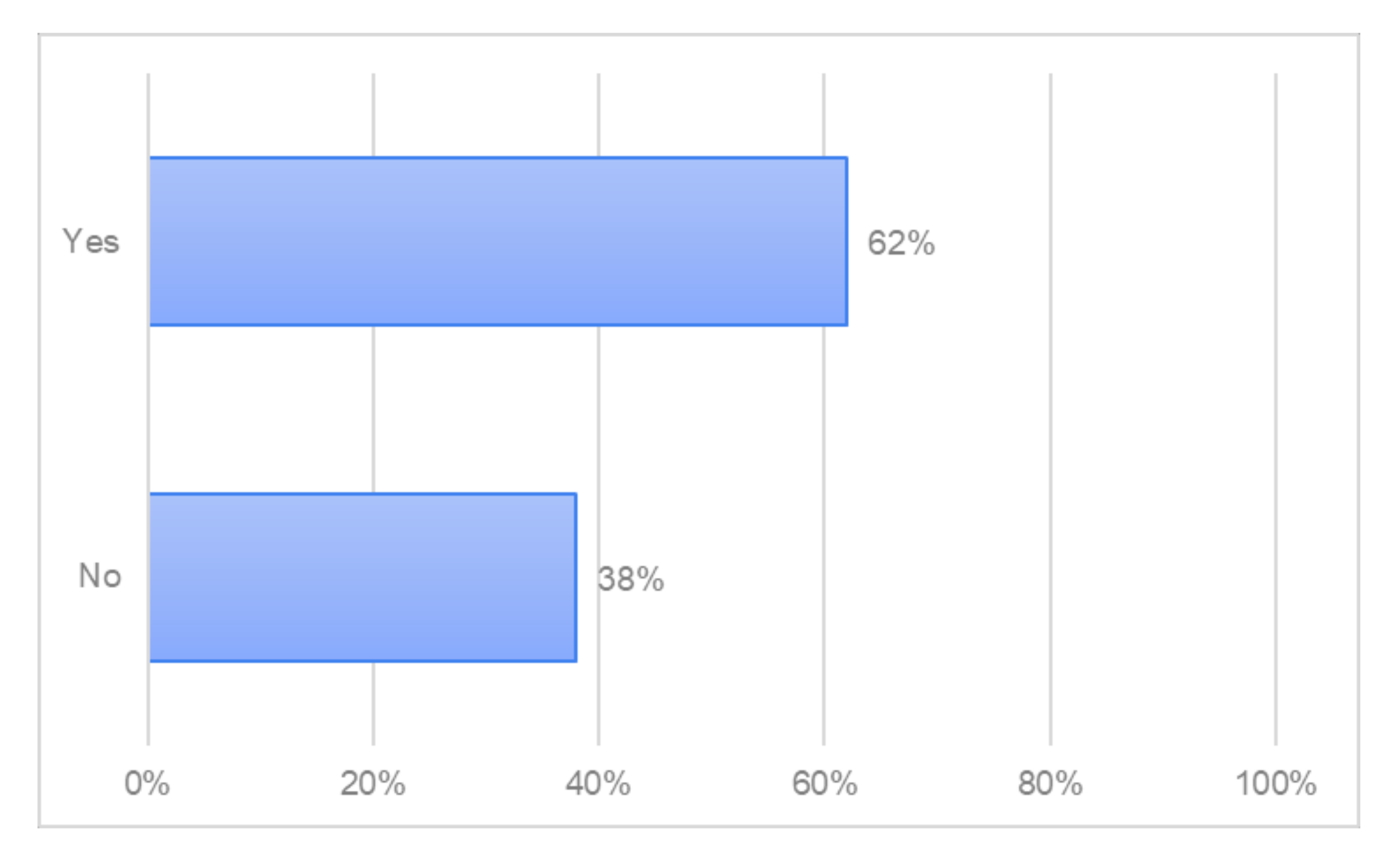


Publisher’s Note: MDPI stays neutral with regard to jurisdictional claims in published maps and institutional affiliations. |
© 2022 by the authors. Licensee MDPI, Basel, Switzerland. This article is an open access article distributed under the terms and conditions of the Creative Commons Attribution (CC BY) license (https://creativecommons.org/licenses/by/4.0/).
Share and Cite
Staněk, L.; Augustin, O.; Neruda, J. Analysis of Occupational Accidents in Tree Climbers. Forests 2022, 13, 1518. https://doi.org/10.3390/f13091518
Staněk L, Augustin O, Neruda J. Analysis of Occupational Accidents in Tree Climbers. Forests. 2022; 13(9):1518. https://doi.org/10.3390/f13091518
Chicago/Turabian StyleStaněk, Luboš, Ondřej Augustin, and Jindřich Neruda. 2022. "Analysis of Occupational Accidents in Tree Climbers" Forests 13, no. 9: 1518. https://doi.org/10.3390/f13091518
APA StyleStaněk, L., Augustin, O., & Neruda, J. (2022). Analysis of Occupational Accidents in Tree Climbers. Forests, 13(9), 1518. https://doi.org/10.3390/f13091518





